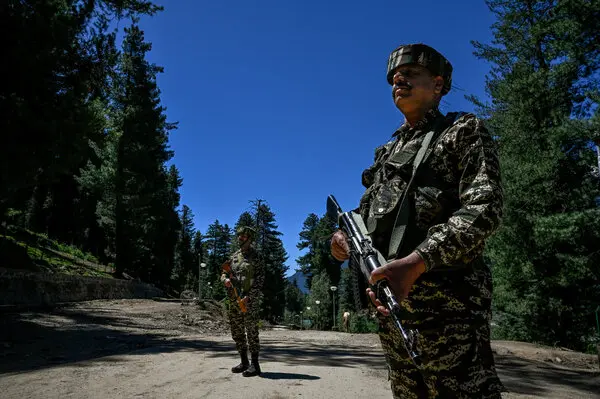The ongoing India-Pakistan conflict has intensified in recent years, with both nations engaging in military actions and facing heightened tensions. As the situation continues to evolve, there is a growing need for diplomatic efforts to de-escalate the conflict and pave the way for long-term peace. In this blog, we will explore the top 5 key steps that can help de-escalate the India-Pakistan conflict in 2025.
Introduction: The Growing Need for De-Escalation
The India-Pakistan conflict, rooted in decades of territorial and ideological disputes, continues to affect millions of people in South Asia. The recent flare-ups, including cross-border attacks and military strikes, have raised alarms globally. Both nations are nuclear-armed, making it crucial for the international community to step in and promote dialogue and peace.
1. International Mediation and Third-Party Involvement
One of the most effective ways to de-escalate tensions is through the involvement of neutral international mediators. Organizations like the United Nations (UN) and countries with neutral diplomatic relations can facilitate dialogue between India and Pakistan. Both nations have historically been hesitant to engage in direct talks, but third-party mediation can provide a platform for constructive discussions.
2. Ceasefire Agreements and Confidence-Building Measures
Another crucial step is the implementation of ceasefire agreements to halt the ongoing military operations. These agreements should be accompanied by confidence-building measures (CBMs) to reduce hostilities. These could include opening communication channels, establishing demilitarized zones, and monitoring border tensions. A comprehensive ceasefire would reduce the risk of accidental escalation and allow both sides to focus on diplomacy.
3. Addressing Root Causes: Kashmir and Terrorism
At the heart of the India-Pakistan conflict lies the Kashmir dispute. Both countries claim the region as their own, which has led to numerous skirmishes and wars. Addressing the root causes of the conflict, including the Kashmir issue and cross-border terrorism, is essential for a lasting solution. Diplomatic channels should prioritize these core issues and work towards mutually acceptable solutions.
4. Economic Incentives for Peace
Economic cooperation can be a powerful tool for promoting peace. India and Pakistan have the potential to improve their economic ties, which could reduce tensions and increase interdependence. Trade agreements, joint infrastructure projects, and collaboration in sectors like agriculture and energy could provide both nations with a vested interest in maintaining peace.
5. Public Diplomacy and People-to-People Connections
Public diplomacy is vital in reducing the animosity between the people of India and Pakistan. Initiatives that foster cultural exchanges, educational programs, and collaborative projects can help change public perceptions and build trust. By empowering citizens from both countries to engage with each other, governments can create a foundation for sustainable peace.
Conclusion: A Path Forward
The India-Pakistan conflict is one of the most critical challenges facing South Asia. However, through international mediation, ceasefire agreements, addressing root causes, economic cooperation, and public diplomacy, there is hope for de-escalation. It is essential for both countries, with the support of the global community, to take proactive steps toward a peaceful resolution.
If you want to stay updated on the latest developments in the India-Pakistan conflict and peace efforts, check out our India-Pakistan Peace Talks Article.
Related Article on India-Pakistan Peace Talks: India-Pakistan Peace Talks and Their Importance in 2025


